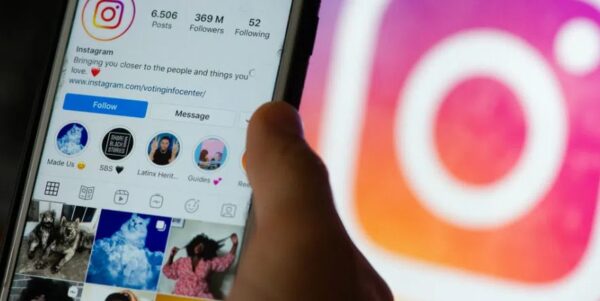With over 2 billion monthly active users, Instagram has become more than just a platform for sharing selfies and vacation photos.
It’s a powerful marketplace, especially in countries like SA, where online vendors flood the app offering everything from luxury hair and skincare products to mobile phones and fashion items.
But as Instagram’s popularity as a business hub grows, so does the number of scammers.
These fraudulent vendors lure unsuspecting buyers only to vanish after payment is made.
To help you avoid this growing threat, here are 9 proven ways to spot a fake Instagram vendor before it’s too late.
1. Check how old the account is
Scammers rarely build accounts over time. Scroll to the vendor’s first post and check the date. If the account is just a few weeks or months old, that’s a red flag. While some legit businesses may be new, combine this check with others below for better judgment.
2. Check comments on posts
Legit vendors typically have active comment sections where buyers ask about prices, delivery, and availability. If a page has multiple posts with no engagement, it may be a sign that the comments were turned off, or worse, deleted, to hide complaints.
3. Look for customer reviews
Real vendors post screenshots, DMs, or video reviews from satisfied customers. If there are no reviews at all, be cautious. Some scammers create fake reviews, so if anything feels off, don’t second-guess your instincts.
Take a moment to reach out to a few followers of the vendor’s account. Ask if they’ve done business with the vendor. You may not get responses from everyone, but a single “I’ve bought from him/her and she/he is legit” could be enough to ease your mind.
5. Watch out for internet photos
If the vendor’s product pictures look too polished or suspiciously familiar, they might have been stolen from Google or Pinterest. Most real vendors post original, live photos, to show what’s in stock.
6. Beware of inactive accounts
An account that rarely posts, has outdated highlights, or takes too long to reply to DMs is a red flag. Responsiveness is key in online shopping, and inactive vendors often disappear after getting your money.
7. Too-good-to-be-true prices
While everyone loves a bargain, overly cheap deals with no explanation should raise alarm bells. Unless there’s a verified promo or sale, don’t fall for it.
8. No face behind the brand
Most real vendors proudly showcase themselves in videos, stories, or pinned posts. If there’s no personal identity attached to the page, it becomes harder to hold the vendor accountable. A faceless brand is often a sign that someone doesn’t want to be found when things go wrong.
If you’re unsure, ask your friends or check for the vendor’s name online. You might discover they’ve scammed others before or even have warning posts tagged with their username.
As online shopping continues to rise in SA, especially through platforms like Instagram, so does the need for caution. Not all vendors are out to scam you, but the fake ones often go to great lengths to look real. Don’t let a beautifully curated page fool you.
